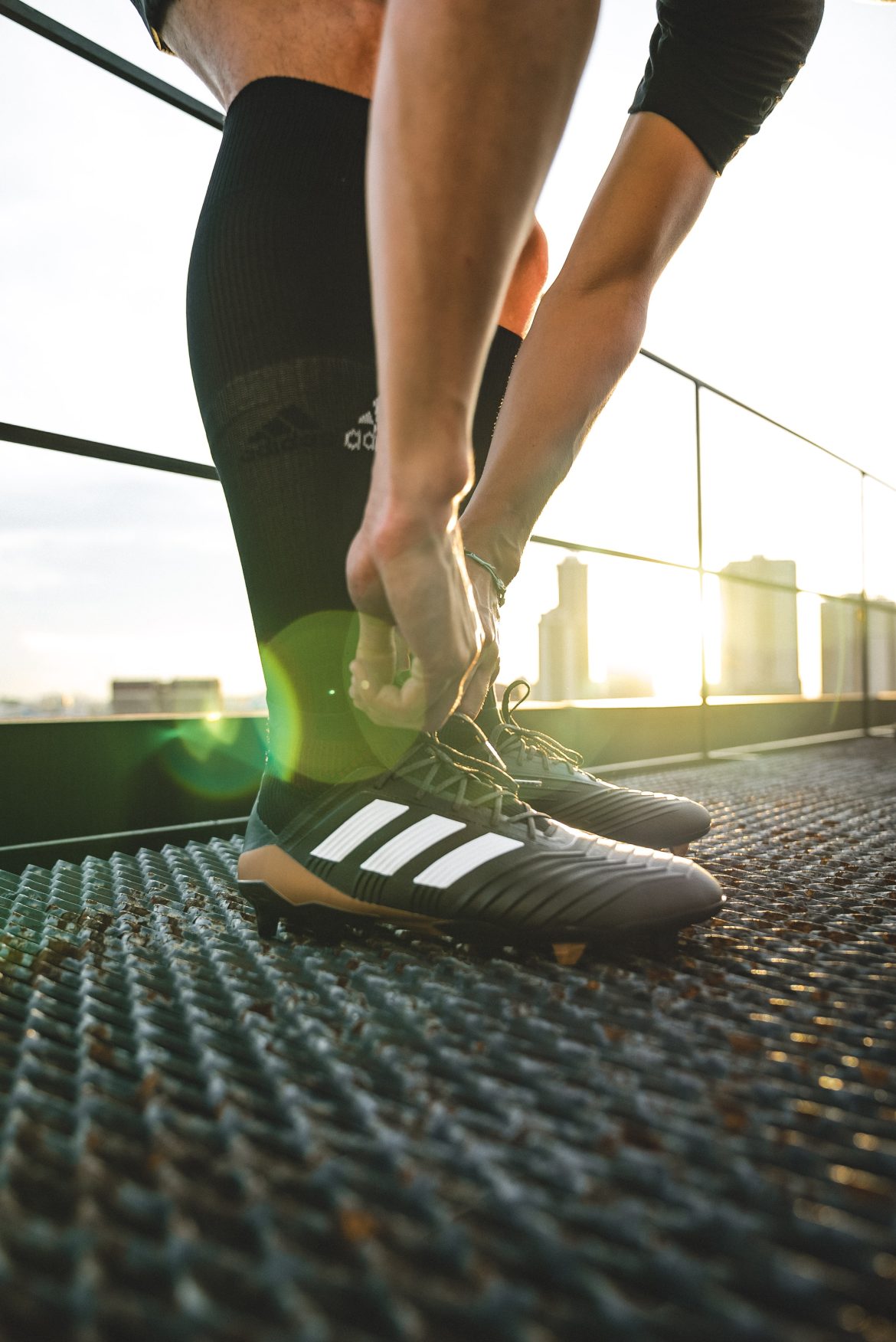How to choose the best shin guards for a goalkeeper
Soccer is a sport that involves a lot of contact and impact. Goalkeepers are especially vulnerable to injuries, as they have to face powerful shots, aggressive tackles, and accidental collisions. These impacts can cause fractures, sprains, bruises, and cuts in the lower legs.
Shin guards are protective equipment that cover the shin bone and the ankle bone. They have a hard shell or padding that can absorb the force of impacts and distribute it evenly across the lower leg. This reduces the stress on the bone and the soft tissues, preventing them from breaking or tearing.
Shin guards also help goalkeepers by enhancing their confidence and performance. By wearing shin guards, goalkeepers can feel more secure and fearless when diving and sliding to stop the ball. They can also focus more on their technique and strategy, rather than worrying about getting hurt.
Shin guards are an essential part of a goalkeeper’s gear. They come in different sizes, shapes, materials, and designs. Some factors to consider when choosing shin guards for a goalkeeper are:
Fit
The shin guards should fit snugly and comfortably around the lower leg, without restricting movement or blood circulation. They should also cover the entire shin bone and extend to the ankle bone.
A good fit is important for several reasons:
- It ensures that the shin guards provide optimal protection and stability for the lower leg and ankle.
- It prevents slippage and movement of the shin guards during a game, which can expose the skin to injury or infection.
- It avoids discomfort or irritation caused by loose or tight shin guards.
To find the right fit, goalkeepers should measure their shin length from below the knee to above the ankle. They should also try on different sizes and shapes of shin guards and test them for comfort and mobility.
Protection
The shin guards should have a hard shell or padding that can withstand strong impacts and protect the bone and soft tissues. They should also have straps or sleeves that secure them in place and prevent them from sliding or twisting.
The level of protection depends on several factors:
- The material of the shin guard: Shin guards can be made of various materials, such as plastic, foam, carbon fiber, or gel. Each material has its own advantages and disadvantages in terms of weight, durability, flexibility, and shock absorption.
- The shape of the shin guard: Shin guards can have different shapes, such as flat, curved, or molded. Each shape has its own advantages and disadvantages in terms of coverage, fit, and comfort.
- The attachment method of the shin guard: Shin guards can be attached with velcro straps, elastic bands, sleeves, or socks. Each method has its own advantages and disadvantages in terms of security, convenience, and breathability.
To find the right level of protection, goalkeepers should consider their playing style, position, and preference. They should also check the quality and condition of their shin guards regularly and replace them if they are damaged or worn out.
Comfort
The shin guards should be lightweight, breathable, and moisture-wicking to prevent overheating and irritation. They should also be easy to clean and maintain.
The level of comfort depends on several factors:
- The weight of the shin guard: Shin guards can vary in weight depending on their material, size, and design. Lighter shin guards can offer more freedom of movement and breathability for the goalkeeper.
- The ventilation of the shin guard: Shin guards can have different ventilation features, such as perforations, mesh panels, or air channels. These features can help regulate the temperature and moisture inside the shin guard.
- The maintenance of the shin guard: Shin guards can require different levels of care depending on their material and design. Some shin guards can be machine-washed or wiped with a damp cloth, while others may need special cleaning products or professional assistance.
To find the right level of comfort, goalkeepers should choose shin guards that suit their climate, activity level, and personal preference. They should also follow the manufacturer’s instructions on how to clean and store their shin guards properly.
Conclusion
Shin guards are a vital part of a goalkeeper’s gear. They can help prevent serious injuries and improve performance on the field. A goalkeeper should always wear shin guards that fit well, offer adequate protection, and feel comfortable.
Shin guards are not one-size-fits-all. They come in different types that suit different preferences and needs. Goalkeepers should consider factors such as fit, protection, comfort, and budget when choosing their shin guards. Ultimately, the best shin guard is the one that fits well, feels good, and performs well for the goalkeeper.
